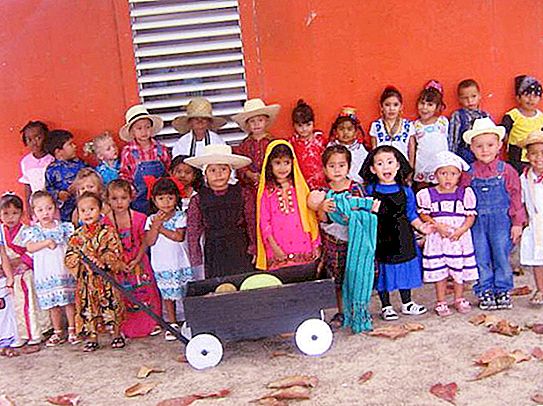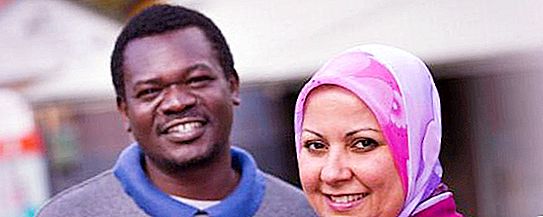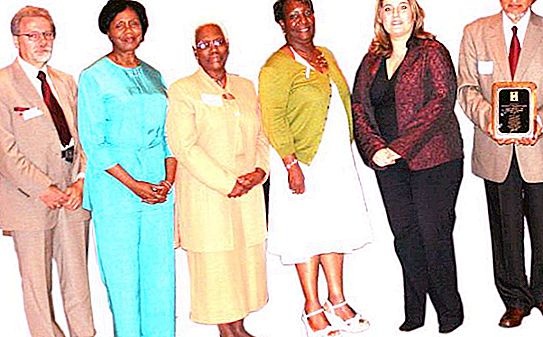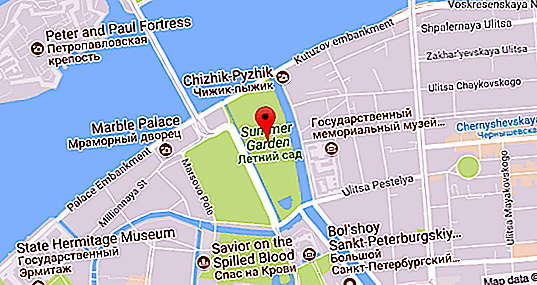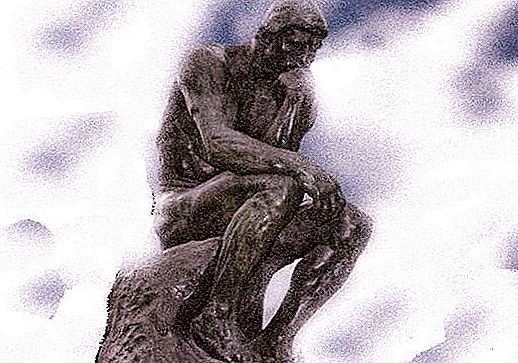Among the concepts that define and classify the human community, the most important is ethnic differentiation. We will discuss this definition of the concept of ethnos and how it should be understood in the context of various branches and theories of ethnology.
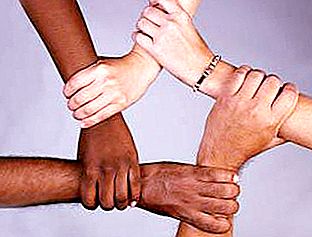
Definition
The first step is to deal with the formal definition. So, most often regarding the concept of “ethnos” the definition sounds like “a stable human community that has developed over the course of history”. It is understood that this society should be united by some common signs, such as: culture, life, language, religion, self-awareness, habitat, and the like. Thus, it is obvious that “people”, “nation” and similar concepts and “ethnos” are similar. Therefore, their definitions correlate with each other, and the terms themselves are often used as synonyms. The word "ethnos" was introduced into scientific circulation in 1923 by S. M. Shirokogorov, a Russian emigrant.
Concepts and theories of ethnos
The scientific discipline that studies the phenomenon we are considering is called ethnology, and among its representatives there are various approaches and points of view on the concept of "ethnos." The definition of the Soviet school, for example, was built from the standpoint of the so-called primordialism. But in modern Russian science, constructivism prevails.
Primordialism
The theory of primordialism suggests approaching the concept of “ethnos” as an objective given, which is external to the person and due to a number of signs independent of the individual. Thus, ethnicity cannot be changed or artificially generated. It is given from birth and is determined on the basis of objective traits and characteristics.
The dualistic theory of ethnos
In the context of this theory, the concept of "ethnos" has its own definition in two forms - narrow and wide, which determines the dualism of the concept. In a narrow sense, this term refers to groups of people who have a stable connection of generations, limited by a certain space and have a number of stable identifying signs - cultural codes, language, religion, especially the psyche, the consciousness of their community and so on.
And in a broad sense, it is proposed to understand an ethnic group as the whole complex of social entities, united by common state borders and the economic and political system. Thus, we see that in the first case, “people”, “nationality” and similar concepts and “ethnos” are similar, therefore their definitions are similar. And in the second case, all national correlates are erased, and civic identity comes to the fore.
Sociobiological theory
Another theory called sociobiological, the main emphasis in the definition of the concept of "ethnos" makes on biological signs that unite groups of people. Thus, a person’s affiliation to a particular ethnic group is given to him, like gender and other biological characteristics.
Passionary Theory of Ethnos
This theory is otherwise called the Gumilyov theory, by the name of its author. It assumes that an ethnic group is a structural association of people formed on the basis of certain behavioral stereotypes. Ethnic consciousness, according to this hypothesis, is formed according to the principle of complementarity, which serves as the basis for building an ethnic tradition.
Constructivism
The concept of "ethnos", the definition of which is the subject of controversy and disagreement among ethnologists, from the point of view of constructivism is defined as an artificial formation and is considered as the result of purposeful human activity. In other words, this theory argues that ethnicity is variable and not part of an objective given circle, such as gender and nationality. One ethnos differs from another in features that are referred to as ethnic markers in the framework of this theory. They are created on a different basis, for example, religion, language, appearance (in the part that can be changed).

